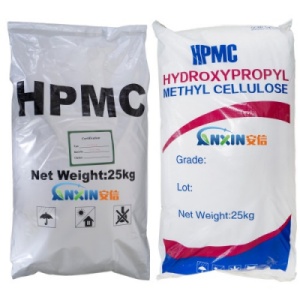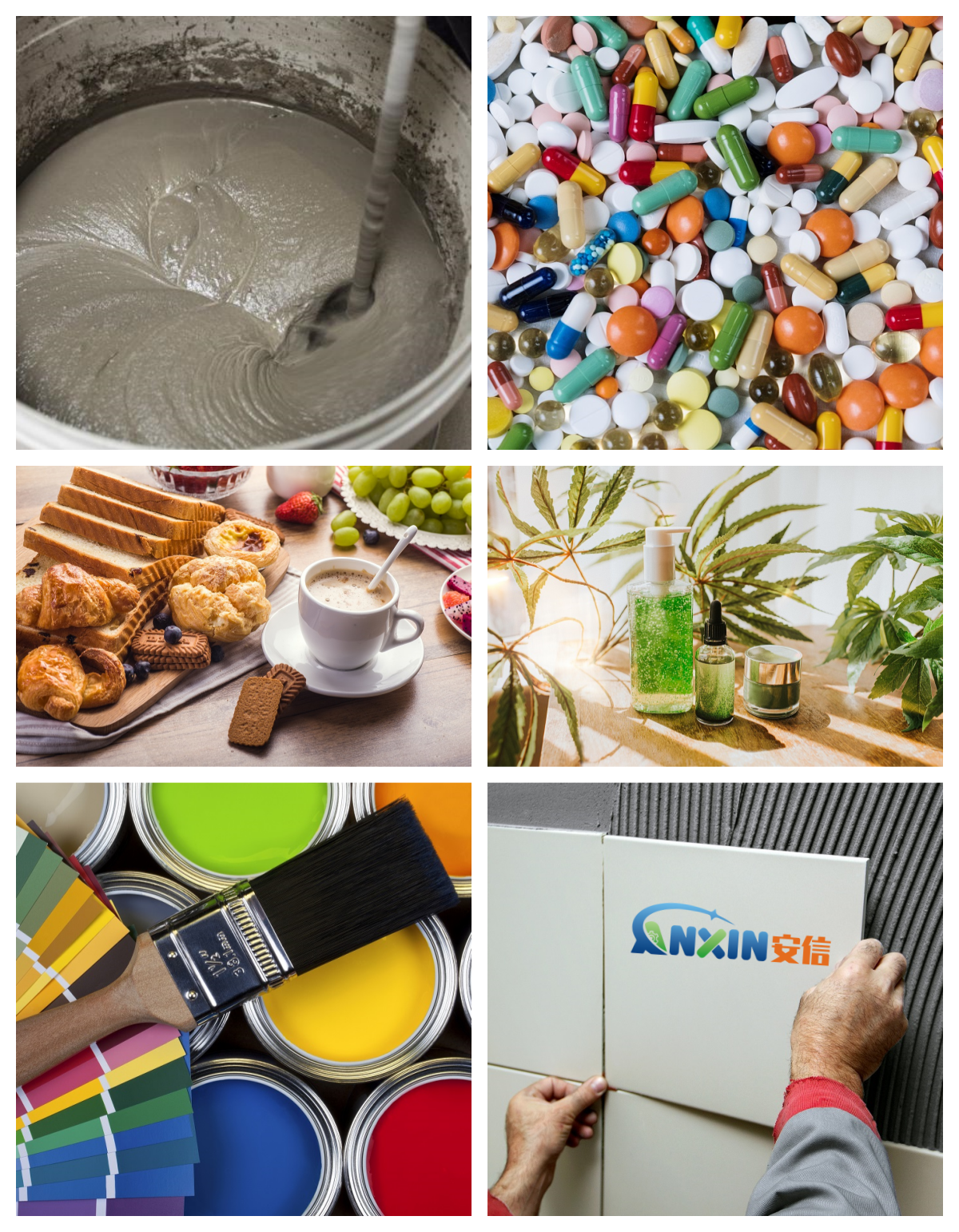Performance and application advantages of HPMC
Hydroxypropyl methylcellulose (HPMC) is a non-ionic semi-synthetic polymer derived from natural cellulose after chemical modification. It has excellent physical and chemical properties and a wide range of functional properties, so it is widely used in construction, pharmaceuticals, food, cosmetics, coatings and other industries. The following will systematically introduce the characteristics of hydroxypropyl methylcellulose from the aspects of its physical and chemical properties, functional performance and application advantages.
1. Physical and chemical properties
1.1. Appearance and solubility
HPMC is a white or off-white fibrous or granular powder, tasteless, odorless and non-toxic. It is insoluble in hot water, but can be quickly dispersed in cold water to form a transparent or translucent colloidal solution. Its solution has surface activity and good rheology. HPMC is generally insoluble in organic solvents such as ethanol, ether and acetone, but can form a mixed solution with some water-soluble organic solvents.
1.2. pH stability
The aqueous solution of HPMC is relatively stable in the pH range of 3~11, not easy to degrade or precipitate, and has a wide range of applications, especially suitable for applications that require acid-base stability.
1.3. Thermal gelation
HPMC has thermal gelation properties: when heated to a certain temperature, its aqueous solution will become an opaque gel, and can return to a liquid state after cooling. This property plays an important role in food and pharmaceutical preparations, such as coating and film formation of controlled-release tablets.
1.4. Viscosity is related to concentration
The viscosity of HPMC can be adjusted by molecular weight, and it can show a significant thickening effect at a lower concentration. There are many types of viscosity grades of HPMC on the market, ranging from a few mPa·s to hundreds of thousands of mPa·s, and users can flexibly choose according to application requirements.
2. Functional characteristics
2.1. Excellent thickening properties
HPMC can significantly increase the viscosity and consistency of aqueous solutions, giving the system good workability and thixotropy. It is used as an ideal thickener in building mortar, coatings, detergents, etc.
2.2. Strong water retention
HPMC has excellent water retention. It can effectively prevent premature evaporation of water in cement mortar and paste materials, enhance adhesion, prolong the operability time, and help improve the overall performance of the product.
2.3. Film-forming property
It can form a tough, soft and transparent film on the surface with good mechanical strength and elasticity. This makes HPMC widely used in tablet coating, food coating, seed coating, coating film formation, etc.
2.4. Lubricity and dispersibility
As an excellent lubricant and dispersant, HPMC can improve the processability of materials and improve the uniformity of coatings. It is very critical in the ceramic, pharmaceutical, cosmetics and other industries.
2.5. Biocompatibility and safety
HPMC is naturally derived and still has good biocompatibility and biodegradability after chemical modification. It is non-toxic and non-irritating. It meets FDA and European safety standards and can be used as food additives and pharmaceutical excipients.
3. Application advantages
3.1. Construction industry
Adding HPMC to dry-mixed mortar, tile adhesive, self-leveling floor, and plaster mortar can improve the construction performance, water retention, and anti-sagging of the materials, prevent cracking, and improve bonding strength.
3.2. Pharmaceutical field
HPMC is used as a tablet adhesive, capsule material, and controlled-release membrane material, and is a widely recognized pharmaceutical excipient. Its thermal gelation properties make it play a key role in controlled-release preparations.
3.3. Food industry
HPMC is used as a thickener, emulsifier, water-retaining agent, and film-forming agent in food, and is widely used in low-fat foods, vegetarian capsules, frozen foods, etc.
3.4. Cosmetics and personal care
HPMC can be used in skin care products, shampoo, toothpaste and other products, and has multiple functions such as emulsification, thickening, film formation, and moisturizing. It is mild in nature and suitable for sensitive skin.
3.5. Coatings and inks
In coatings, HPMC can improve coating uniformity, improve leveling and anti-sagging properties. As a thickener for water-based inks, it can also improve the dispersion and stability of pigments.
4. Other characteristics
Good thermal stability: resistant to high temperature storage in dry powder state.
Non-flammability: not flammable, conducive to safe storage and transportation.
Strong compatibility: good compatibility with other additives (such as latex powder, plasticizer, pigment), easy to compound use.
Strong controllability: can adjust its solubility, gel temperature, film-forming properties and other properties by changing the degree of substitution (methoxy, hydroxypropyl content).
Hydroxypropyl methylcellulose (HPMC) has become an indispensable functional material in many industrial fields due to its unique physical and chemical properties and wide range of functional advantages. Whether in building energy conservation, health pharmaceuticals, or in the field of green food and cosmetics, HPMC plays an important role with its excellent thickening, water retention, film-forming and safety. With the growing demand for sustainable materials, the application prospects of HPMC will be broader.
Post time: Jul-09-2025








